What is gooseberry powdery mildew and how to deal with it?
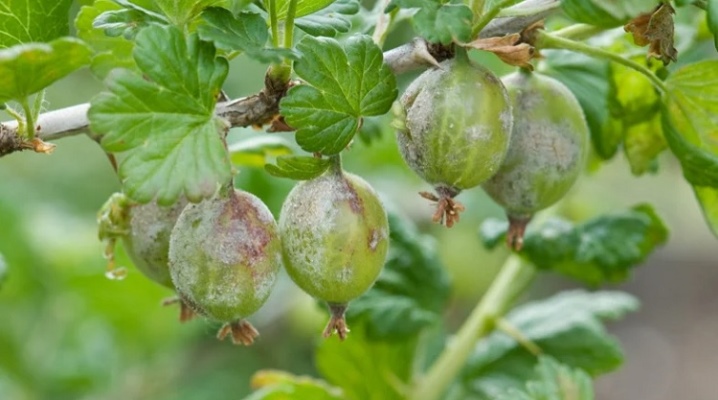
Gooseberry is a tasty and juicy berry rich in vitamins. It is used both in cooking and medicine, with positive effects on the body. The cultivated varieties of this berry were known as early as the XII century, and the plant was grown at monasteries. The gooseberry was a very beloved and popular berry on the tables of various segments of the population. In the 20th century, he practically disappeared from farmland, becoming a rare visitor to the markets.
The reason for this was the active spread of a fungal disease - powdery mildew (mycelium, ash, spheroteka), imported from European countries. It began to actively spread on the gooseberry, quickly capturing other cultivated plants.

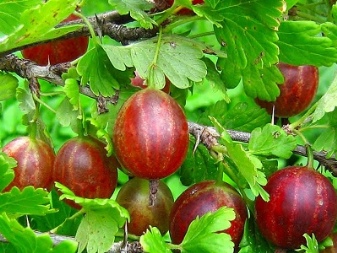
Description
Powdery mildew is the most common fungal infection in the garden and fields. Powdery mildew is a group of diseases caused by parasitic fungi from the Erysiphales family. They first appeared in Russia in the 20th century. Powdery mildew was located on gooseberries brought from Europe. The disease is easily diagnosed and well understood. America is considered his homeland, and from there in 1900 the infection was brought to Great Britain. Unlike the American gooseberry dew, the European one is less powerful in its actions.
The American version starts with young shoots. Gaining strength and growing, it moves onto old, dense leaves and stems, gradually enveloping the plant with a gray-white bloom, which rarely leads to death, but slows down development, deforms the leaves. Young shoots die off, the fruits remain small and undeveloped, edible, but with poor taste. Over time, the white-gray color changes to brown. The European variety of fungi slightly "powders" the plants, without causing any particular harm and noticeably showing up as dark spots on fallen leaves with the onset of winter.
This disease has become widespread, so its nature is well understood. If a white bloom is noticeable on berries, stems or leaves, then we can confidently talk about powdery mildew. Some types of fungus only affect certain plants.
Due to the ability to assimilate and infect different plants in different ways, powdery mildew was divided into 2 types: common and false.
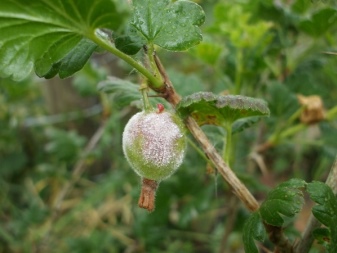

A common variety looks and manifests itself as follows:
- develops in warm and dry weather;
- white bloom is visible immediately, over time it changes to brown;
- air temperature for development - not less than 10 degrees Celsius;
- air humidity should be about 70%;
- affects different parts of plants: stems, buds, leaves;
- plaque is easily removed from the surface, just rub it with your finger;
- the plant seems dusty with flour, dull;
- diseased leaves fall off, and buds and fruits do not develop.
Downy mildew has the following features:
- this disease loves moisture;
- hibernates in fallen leaves or crop residues;
- leaves are damaged on both sides (white bloom below and light spots on top);
- leaves are affected first of all, after infection they die off and fall off, then the fungus moves to other parts.
Although the disease is divided into 2 types, the methods of prevention and treatment are the same. The propagation routes are the same: spores from an infected plant are carried by the wind to healthy leaves.Germinating through the upper layers, they reach the epidermis and develop there. All types of garden plants are affected: flowers, fruit trees, shrubs. The disease occurs on meadow grasses and houseplants such as violets.
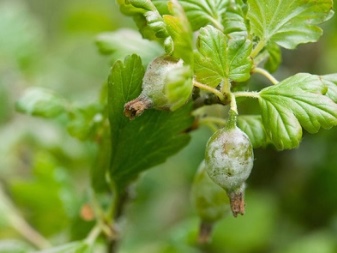
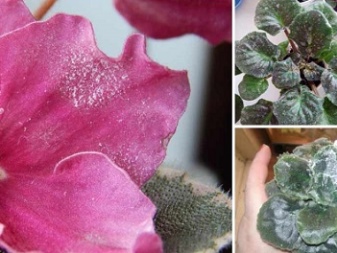
Why does it appear?
Favorable conditions are necessary for the development of the disease. The fungus prefers high humidity, warm weather. At temperatures above 28 degrees, the fungus slows down growth, reproduction stops. The spread of spores depends on the climate and the season. In hot months and with a low amount of precipitation, spores do not spread, which is a favorable time for growing and harvesting.
Here are the main reasons for the appearance and development of powdery mildew on the site:
- abundant watering;
- non-observance of the distance between plants;
- contaminated materials and tools;
- weeds on the site.
With abundant daily watering, the soil does not have time to dry out, and high humidity provokes an outbreak of the disease. If the bushes are planted close to each other, then the disease is even easier to spread. The lack of access to heat and light also provokes the development of the sphere library. Straw is often used for mulching crops and should be carefully inspected for plaque before use. Poor-quality mulch is favorable for the reproduction of fungal pathogens.
Insects can be carriers of spores, so it is necessary to maintain cleanliness on the site: remove debris, weed out weeds.
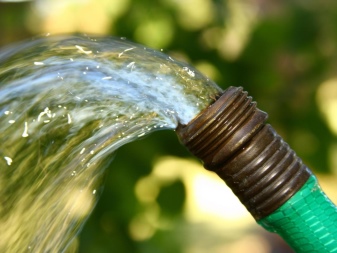

Control measures
The beginning of the summer cottage season is a good time to start fighting against powdery mildew. Gooseberries of old varieties are actively ill, while modern ones are bred with resistance to diseases, most pests. You can treat and do prophylaxis both in the fall, before the first frost, and in early spring. The fact is that fungi produce and spread spores twice a year. It is necessary to process crops before flowering, after flowering and in autumn. It is recommended to carry out procedures in the evening, spraying the plant, as well as watering the soil under it. Before preparing for treatment, the affected and dry parts should be removed. When a white bloom appears, it is necessary to act within 10-15 days, otherwise it will not be possible to save the plant. The spheroteca will grow, get stronger, change color to brown, and then it will be difficult to get rid of it even with chemical preparations. You will have to act radically: uproot and burn the bush.
Gooseberries and other bush, as well as trees should be treated with chemicals before summer and harvest time. If fruits have set, and the plant is sick, chemical treatment is unacceptable. The substances will be absorbed into the fruit, making it unfit for human consumption. During fruiting, pathogens can be removed only with the help of natural remedies that are safe for a sick plant and a person. To obtain a healthy harvest, strict adherence to the rules and instructions for treating shrubs with chemical and natural substances will help.


Chemicals
Spraying with chemicals is most effective, but should only be used as a last resort. They can be toxic to beneficial insects. Before starting to use, read the instructions, take safety measures, assess the degree of risk. Studies have shown that the following drugs are most effective.
- Copper sulfate. It is a readily available chemical. A mixture based on it is prepared from pure water with a volume of 10 liters, heated to a temperature of 30 degrees. Dissolve 100 g of the chemical in the liquid. It should be processed in early spring, before the first leaves appear. Spray the entire plant and the ground underneath.
- Saltpeter. It is an ammonia preparation applied after flowering. The drug has a strong pungent odor due to ammonia vapor. During work, the respiratory organs should be protected with a cloth bandage. To prepare the medicine, 50 g of saltpeter are diluted in 10 liters of water.The solution should be sprayed on the plant.
- Fitosporin. This is a good preventive measure, but even after infection, this drug is effective. Available in liquid state, powder or paste. It is a safe biological product and is used at any stage. Consists of biological cultures. Spreading through the vessels of the bush, it stops the spheroteca. The drug is prepared depending on the form of release. Powder will need 5 g, paste - 15 g, liquid "Fitosporin" - 10 drops per 200 ml of water. Dissolve the selected dose in 10 liters of water.
- Fungicide "Topaz". It is the most approved drug by gardeners. A reliable tool for fighting fungal infections. Mycelium spores are destroyed, stopping their development. "Topaz" penetrates into the upper tissues of the plant, is not washed off with water. Application is possible both before rain and at low air temperatures. The action will not last long, so after 2 weeks you need to carry out the treatment again. When using, precautions must be taken. The drug is toxic to living organisms. For preparation, you will need 10 liters of water and one ampoule with a volume of 2 ml. Dissolve the contents in water. Spray shrubs in sunny, calm weather.
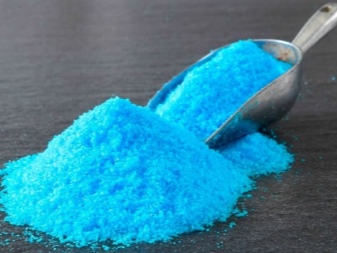
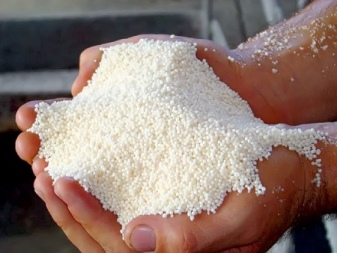
Folk remedies
Opponents of chemistry can use home remedies for mycelium.
- Pruning leaves trapped in powdery mildew. This is the first and necessary action in the fight against the disease. The removed leaves are best burned to prevent further spread of the fungus.
- Milk and whey. Mix a liter of skim milk with 4 liters of warm water. The resulting solution is sprayed on the plants every other day for two weeks. Also spray the ground around the plants.
- Baking powder. It usually consists of soda and tartaric acid salt. For 5 liters of warm water, take 3 packs of baking powder, 3 tablespoons of rapeseed oil and 3 drops of dishwashing liquid. This solution is sprayed once a week on diseased plants. This method is more effective than dairy.
- Garlic. Chop 10 cloves of garlic and pour a liter of boiling water. The solution is left overnight. Then the liquid is mixed with 3 tablespoons of rapeseed oil, 4 liters of water and sprayed with it on the plants every 3-4 days.
- Baking soda. Sodium carbonate prevents the growth of fungi and bacteria. An affordable product sold at any grocery store for a small price. When making a soda solution, you should take water at room temperature. At high degrees, beneficial properties are lost. The mixture is made from 5 liters of water and 2 tbsp. l. soda powder. Re-processing of plants is carried out in 10-12 days.
- Iodine. Ten milliliters of iodine should be dissolved in 10 liters of water. Spray the affected areas, moisturizing abundantly. The next procedure should be done after 14 days.
- Soda ash. Soda ash, iodine and liquid laundry soap is a miracle cure for green spaces. Also saves from gray rot, aphids. For cooking, take 2 tablespoons of soda, 10 ml of iodine and 2 tablespoons of soap. You will also need 10 liters of water. To process one plant, it is not necessary to use 10 liters, it is enough to calculate the required amount of water and, accordingly, additional ingredients. For example, divide by 2. Soda and iodine fight diseases. Soap is a bonding base for enveloping plants. The liquid must be poured into a spray bottle and sprayed abundantly on the crops. It can be used at any period of plant life.
- Nettles and other weeds. Insist in 10 liters of water and moisten the leaves.
- Mullein. A concentrated composition of 1 part of mullein and 3 parts of water is left to infuse for 3 days, after which it is diluted with a new portion of water in a ratio of 1: 3, filtered and sprayed until fruit sets.



Prophylaxis
Preventing the disease is easier than treating it, so precautions are needed to protect the site from powdery mildew.
- Prune bushes and trees in the fall.Cut off dry and diseased branches.
- Perform cosmetic pruning in the summer and spring months. Remove dry leaves, cut branches close to the ground.
- Do not overuse fertilizers, especially those containing nitrogen.
- Cover the ground with branches of nightshade plants. The decomposition bacteria will absorb the fungal spores.
- With the onset of cold weather, clear the area from rotten plants and leaves.
- Dig up the garden completely in the fall after harvesting. Loosen the soil after the rains during the summer season.
- Buy planting material from trusted suppliers, nurseries, specialized stores.
- Before buying, inspect the seedlings for damage, disease.
- Choose varieties that are adapted to the local climate and resistant to the disease.
- In the spring, before bud break, pour boiling water over the gooseberry bushes. The procedure is done quickly, does not have time to harm the plant, and the pathogens will die.
- Other plants that are more attractive to powdery mildew will help protect the gooseberry bush. Plant the area with pumpkins, squash, cucumbers, and other annuals.
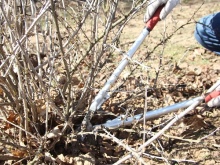
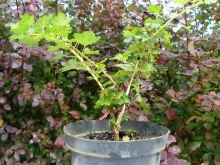

Which varieties are resistant to the disease?
The following gooseberry varieties demonstrate high resistance to diseases and yield:
- "Kolobok": has large fruits and is resistant to most diseases;
- "Consul", "Commander" - these are similar varieties;
- "Ural grapes" with dark green berries;
- "Firework": gives a bountiful harvest;
- "Krasnoslavyansky": has sweet red berries;
- "Malachite" - winter-hardy variety.
Powdery mildew is not scary for a good variety and a gardener who knows how to deal with it. Timely adoption of appropriate measures will help to cope with the problem and preserve the plant.
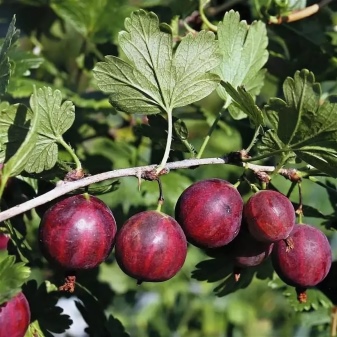














The comment was sent successfully.